3 Keys to Truck Check Success
Checking our truck seems to be a simple task that can become monotonous. We come to shift and the person who we relieve informs us “the trucks good”. We then scan the rig to make sure everything is there and we call it a day.This is a bad habit to have and in the end, could be costing someone their life.
Here are 3 things we can do to not only break the monotony but help keep us safe by ensuring the contents are on the rig and they are fully operational.
Key #1 – Have a Truck Check Routine
By keeping a routine, we make sure that we continue to do the same thing the same way every time. This will prevent us from skipping something and will help us develop a muscle memory where it becomes an everyday event. If we start at the driver’s door and work to the front of the rig, around the passenger side and back to the driver’s door, then do that same pattern every time.
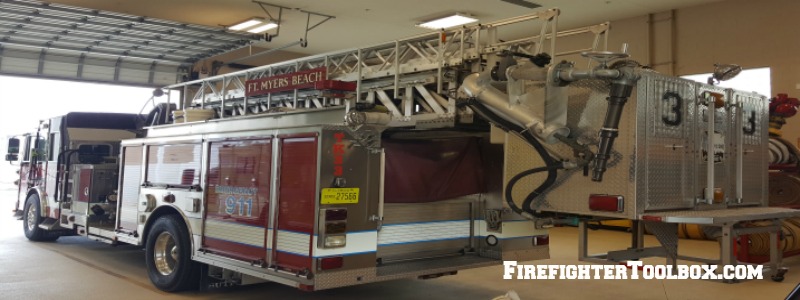
Key #2 – Have a Truck Check Checklist
Make a checklist of every item in the rig. This helps us keep an inventory of our rig and helps us confirm the proper items are in the proper place. Nothing is worse than a tool being moved by one shift, an emergency occurs where we now need that tool and it is not where it is supposed to be. That wastes time and makes us look really bad as well. On our checklist, we should have an area to check off that the tool is operational or not. This makes us put our hands on the tools to assist us with being familiar with the tool as well as assure us that the tool is operational.
Key #3 – Be Thorough with the Truck Check
The truck check should include every item on the rig. This includes but is not limited to lights, sirens, fluid levels, engaging the pump, tools, hose lines, and nozzles. Leave nothing out. All it takes is one item to be missing or broken to change the outcome of a scene.
Remember, the engineer or driver of the vehicle is responsible for that vehicle and EVERYTHING that is on it. We should have pride and ownership in our apparatus and our equipment.
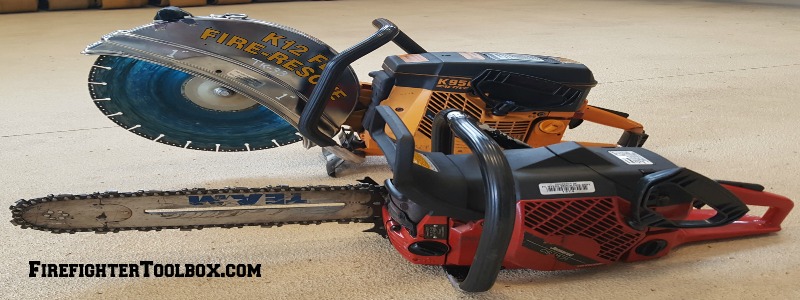
To keep everyone sharp, utilize the whole team to perform the truck check. This helps everyone with knowledge of the apparatus as well as getting their hands on the tools they will be utilizing on the scene. The truck check is a great training opportunity to review a tool that is not often used.
Remember the first due apparatus makes or breaks the fire, let’s make it and let’s make it right.
Photo Courtesy Joe DeVito

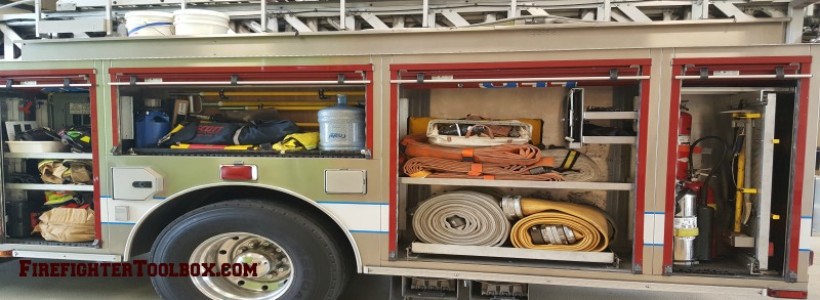
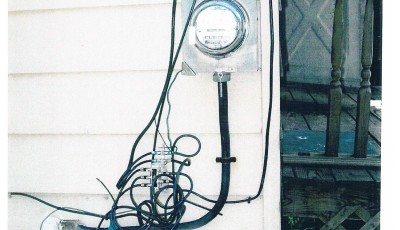
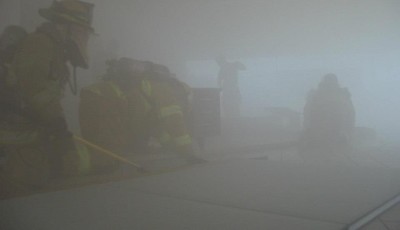




Joe, Great article. I would love to hear your feedback on a product I am working on dedicated to helping streamline the truck check process. Hope we can connect.